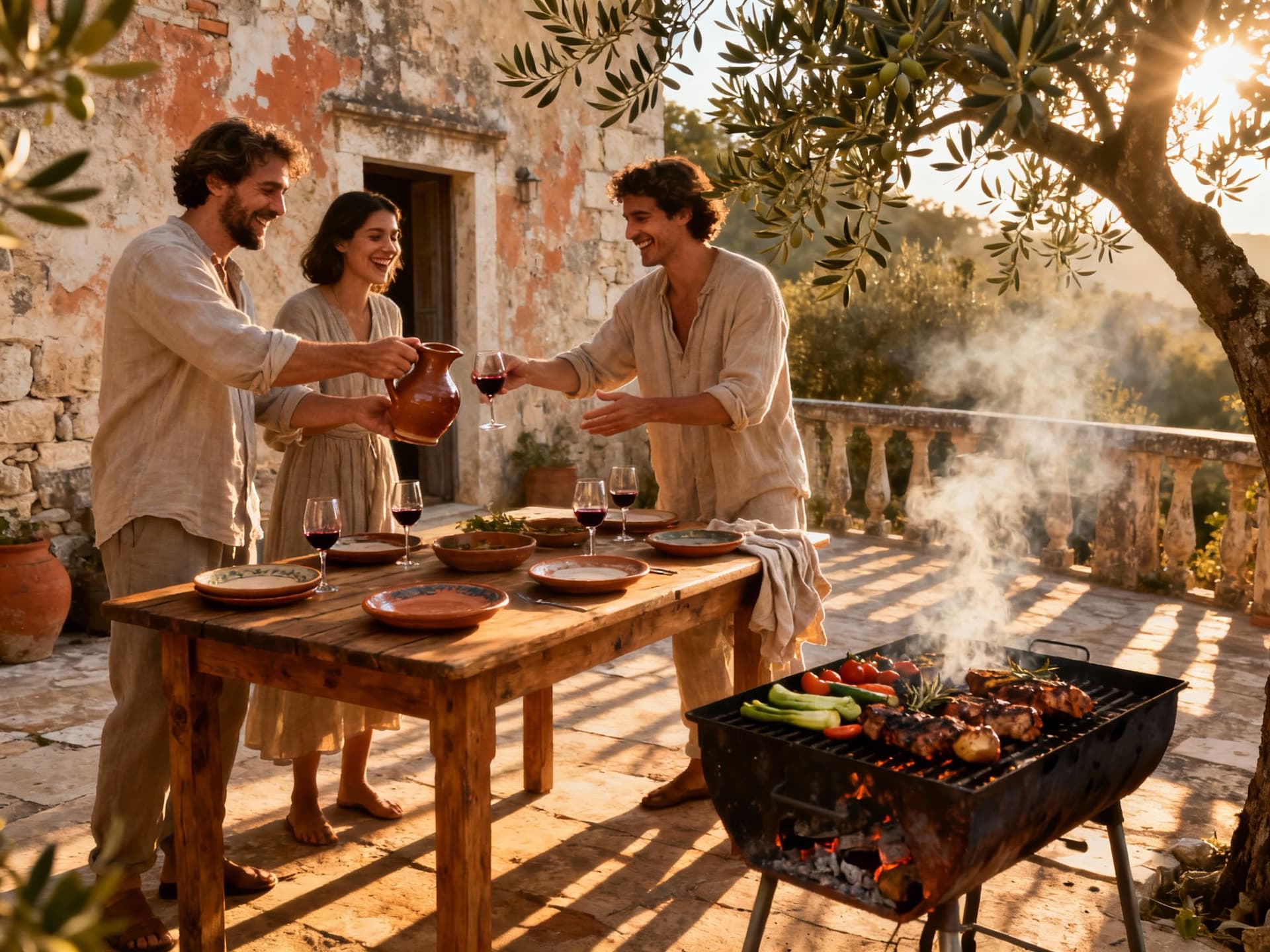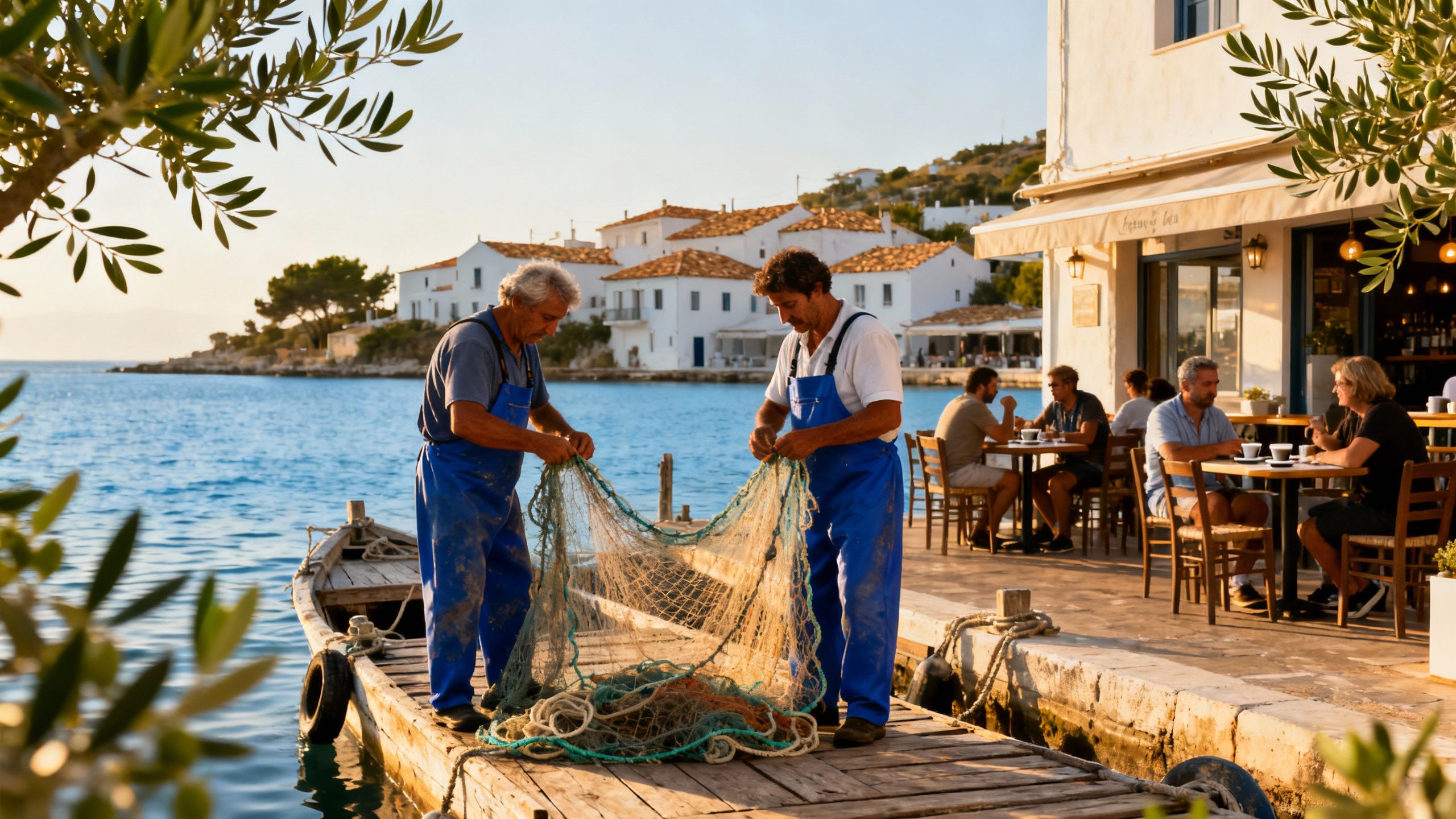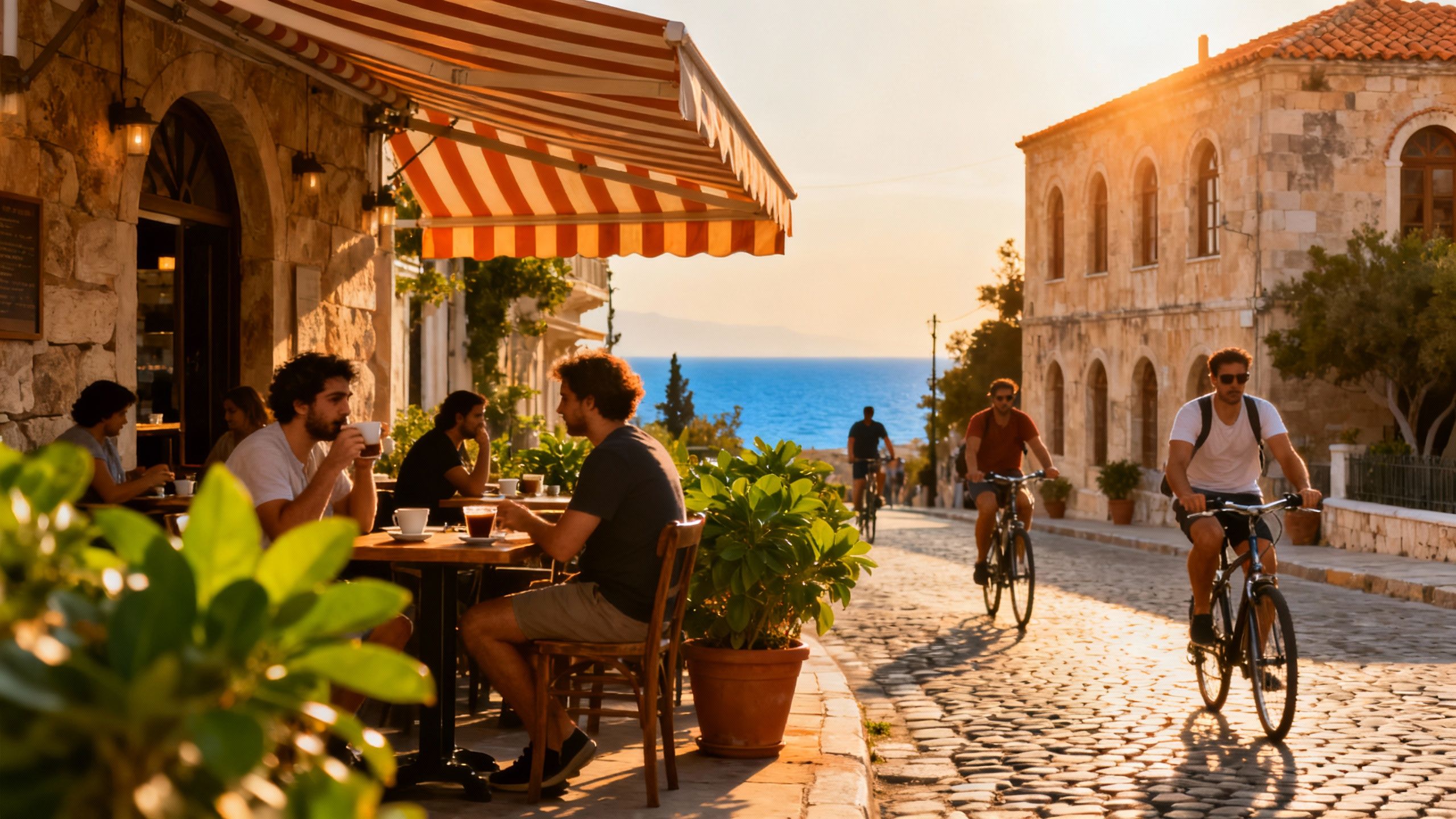Why Winter Viewings in Croatia Give Buyers an Edge
Winter viewings in Croatia reveal authentic neighbourhood life, clearer pricing and stewardship needs—buying off‑peak can give lifestyle clarity and negotiating advantage.
Imagine a November morning in Rovinj: fog lifting off the harbour, a fisherman mending nets while a cafe pours the first espressos, and streets that usually bustle in July feel like a private discovery. Buying in winter in Croatia is quieter, more honest and—contrary to the summer myth—often kinder to a buyer who wants lifestyle over spectacle.
Living the Croatian Lifestyle

Croatia’s heartbeat changes with the seasons: sun-drenched Adriatic beaches in July, chestnut festivals in autumn, and slow, restorative winters when towns return to local rhythms. Day-to-day life here blends Mediterranean ease with Central European practicality—morning markets, late cafés, family-run konobas, and an abiding relationship to the sea and land that shapes how houses are used and cherished.
Coastal character: Dubrovnik, Split, Hvar
On the Dalmatian coast, stone stairways, sea-scented air and centuries-old façades create a cinematic daily life. Old Town Dubrovnik and Split’s Riva bring cafés, paseos and cultural density; islands like Hvar trade tourist energy for confident nightlife. These places feel alive year-round for those who love sea life, but prime historic pockets command a premium and come with tight stewardship responsibilities.
Istria and the inland rhythm
Istria trades Adriatic glamour for rolling vineyards, truffle-hunting forests and hilltop villages like Motovun and Grožnjan. Weekends here orbit markets, trattoria-style konobas and wine tastings—life for those who want a farm-to-table rhythm. The region’s seasonal bounty defines how homes are used and why winter viewings—when truffle dogs still work the woods—reveal authentic community life.
- Lifestyle highlights to seek out
- Morning markets in Zagreb’s Dolac and Split’s Pazar — fresh produce, local chatter, and neighborhoods that wake slowly.
- Autumn truffle walks in Istria and chestnut festivals in inland Dalmatia — community rituals that shape local life.
- Winter calm in smaller islands (Brač, Vis) where you meet neighbours instead of tourist crowds and experience authentic year‑round services.
Making the Move: Practical Considerations

The data shows a market that’s cooling in transaction volume even while prices in key pockets remain firm—buyers who look in quieter seasons often find clearer pricing signals and more time with sellers. Tax reforms introduced in 2024–25 have nudged some owners away from short‑term rentals and changed maintenance expectations; reading these policy shifts alongside seasonal market rhythm is essential.
Property styles and what they mean for living
Stone townhouses are tactile and integrated into neighborhood life but often need careful restoration and ongoing stewardship. New-build coastal apartments offer lower maintenance yet can feel anonymous. Inland stone farmhouses deliver gardens, olive groves and winter warmth but ask you to manage heating and insulation. Match the property type to how you want to live—host frequently, retire slowly, or split time between seasons.
Working with local experts who know the lifestyle
A local agency that understands seasonal life will show you neighbourhoods in winter and summer, advise on maintenance costs for stone roofs or pools, and explain how recent tax rules affect rental vs. primary‑use decisions. Their stewardship advice is as valuable as their negotiation skills—ask for examples of how they’ve reduced energy costs for past clients.
- Steps to blend lifestyle and pragmatism when buying (winter-first approach): 1. Visit in an off-peak month to assess services, transport and real community life. 2. Ask sellers for year-long utility and maintenance records (heating, insulation, septic/pool costs). 3. Factor in new property tax rules and exemptions for long-term rentals when modeling returns. 4. Arrange winter-ready inspections (roof integrity, heating systems, salt corrosion checks). 5. Negotiate timing: sellers motivated in low season are likelier to accept contingent deals tied to repairs. 6. Secure a local point person for stewardship—gardener, builder or property manager—before closing.
Insider Knowledge: What Expats Wish They'd Known
Expats often arrive enchanted by summers, then discover the deeper rhythm in off‑season months. Many wish someone had told them that maintenance, neighbour relations and local bureaucracy are the true long game. Price forecasts point to continued growth in prime spots, but transaction declines show opportunity for thoughtful buyers who pick the right season to act.
Cultural integration, language and daily life
Croatians value hospitality, directness and a strong neighbourhood sense. Learn a few phrases, join the market on Saturday morning, and attend a local festival—these small actions unlock invitations into community life. Being present in winter shows commitment and helps with everything from getting a trusted builder to understanding municipal maintenance cycles.
Long-term stewardship: beyond the sale
Treat a Croatian home as an ecological project: improve insulation, install smart heating or solar where possible, manage gardens for biodiversity and opt for native landscaping to reduce water use. Sellers who have invested in these areas are often more transparent about long‑term costs; during winter viewings you can see which properties perform when the weather is harsh.
- Stewardship checklist for Croatia properties
- Insulation and double glazing status (older stone houses often need upgrades).
- Salt‑air corrosion protection for coastal metalwork and sea-facing façades.
- Water management: cisterns, greywater systems and native drought-resistant plantings.
- Local craftspeople and councils: permissions and traditional materials (stone, lime plaster) keep value and reduce ecological impact.
Conclusion: If you love Croatia for its lived-in seasons, buy when the place reveals itself. Winter shows the plumbing, the neighbours, the groceries and the true service levels—elements that determine whether a home fits your life long-term. Pair off‑season visits with a local agency skilled in stewardship and winter-ready inspections; you’ll gain negotiating clarity and a deeper sense of whether the village, street or bay will become the kind of home you return to for years.
British expat who traded Manchester for Mallorca in 2017. Specializes in guiding UK buyers to luxury Spanish estates with clear navigation of visas and tax.


